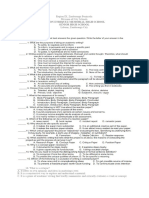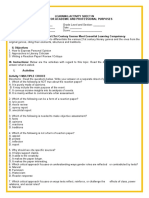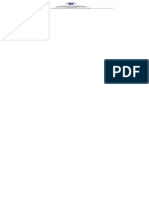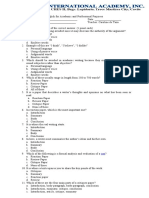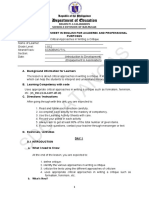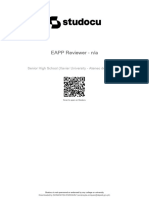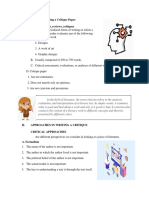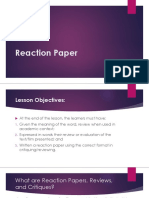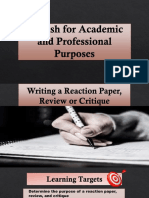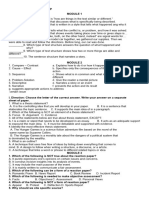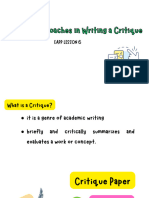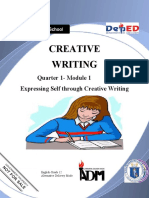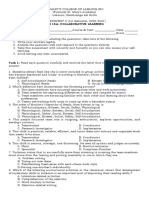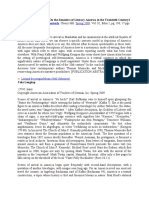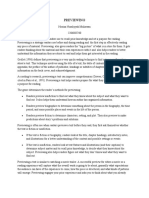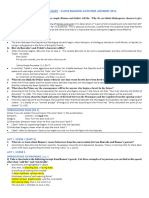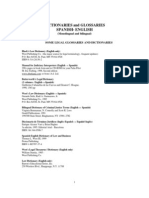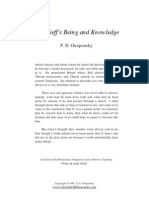0% found this document useful (0 votes)
20 views3 pagesEapp Final
The document is a final exam for an English course at Gutalac Senior High School, focusing on academic and professional writing skills. It includes multiple-choice questions on topics such as writing reaction papers, critiques, and various literary approaches. Additionally, it features questions on paraphrasing, summarizing, and the structure of academic texts.
Uploaded by
Romer LoquinarioCopyright
© © All Rights Reserved
We take content rights seriously. If you suspect this is your content, claim it here.
Available Formats
Download as DOCX, PDF, TXT or read online on Scribd
0% found this document useful (0 votes)
20 views3 pagesEapp Final
The document is a final exam for an English course at Gutalac Senior High School, focusing on academic and professional writing skills. It includes multiple-choice questions on topics such as writing reaction papers, critiques, and various literary approaches. Additionally, it features questions on paraphrasing, summarizing, and the structure of academic texts.
Uploaded by
Romer LoquinarioCopyright
© © All Rights Reserved
We take content rights seriously. If you suspect this is your content, claim it here.
Available Formats
Download as DOCX, PDF, TXT or read online on Scribd
/ 3

